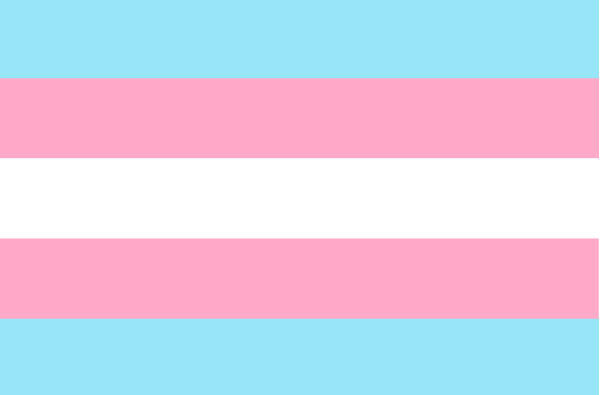In a previous post I recommended that cheating was a great way to fight against anxiety. My second tip in the fight against anxiety is equally as counterintuitive. Another effective technique to fight anxiety is to do nothing and wait it out. This is easier said than done. Just to set the stage, by definition anxiety works through our natural warning system that tells us when a threat is present. The presence of a threat activates our “Fight or Flight” response which charges us up and gets us ready to attack or run away in order to protect ourselves. It almost demands a response. At least, it can certainly feel that way.
And just to be clear, you should respond to fear when a real threat is present. That will preserve your life and wellbeing. In this post I am specifically referring to anxiety (an imagined future threat in the form of a “what if” question that causes you distress). A previous blog post I wrote describes the distinction between healthy fear and unhealthy anxiety.
Anxiety suggests that a threat exists when it starts to ask “what if” questions (“What if you embarrass yourself in front of your colleagues during the presentation?”). This activates our “fight or flight” response and we feel threatened by an imagined future situation. This threatened feeling easily increases when we try to solve the problem, as there are no answers to the “what if” questions that satisfy the anxiety. Often times the more we try to do something, the worse the anxiety becomes. One reason for this is that our tendency is to avoid the anxious thought. If embarrassing yourself in front of your colleagues is uncomfortable for you to think about (perhaps a big fear for you), you most likely will try to avoid that discomfort by any means necessary (practice your presentation, avoid doing presentations, distract yourself from thinking about the presentation, etc.). This is your response to the anxiety.
The recommendation of “Just wait” is an overly simplistic way of describing an anxiety management technique called Exposure Response Prevention (ERP). The idea behind ERP is that you purposely expose yourself to the anxiety-provoking thought (thinking “I’m going to embarrass myself.”) and then prevent yourself from responding in a way to address it (in other words, just wait it out). To be more systematic about it, you can rate your level of anxiety on a scale from 1-100 (100 being the highest level) prior to exposing yourself to the anxiety-provoking thought, and then pay attention to how that number changes. The typical pattern is as follows:
- You rate your anxiety prior to exposure (for argument’s sake let’s say it is a 50 out of 100).
- Next, you expose yourself to the anxious thought (Being embarrassed in front of colleagues)
- Then, rate your anxiety again (most likely it is higher after thinking the anxious thought)
- Then, do nothing! Just sit there and wait.
- Pay attention to your anxiety as it will most likely spike up at first prior to it slowly and consistently going down as you wait.
An important distinction to make at this point is clarifying what “Just wait” includes and what it does not. The idea of just waiting it out means that accept the anxious thought, you recognize that you can survive the anxious feelings, you do not try to distract yourself, you do not try to sooth yourself or reduce the anxiety in any way. In other words, don’t try to make it better. It will come down on its own as you wait it out. It’s kind of like a staring contest. All you need to do is hold out, don’t quit, and just wait. The anxious feelings will go down. The more you use this tactic the less anxious you feel over time in the presence of those anxiety-provoking “what if” thoughts.
Shawn Healy, PhD
. . .
Find more Tips for Lawyers and Law Students to Reduce Anxiety here.



